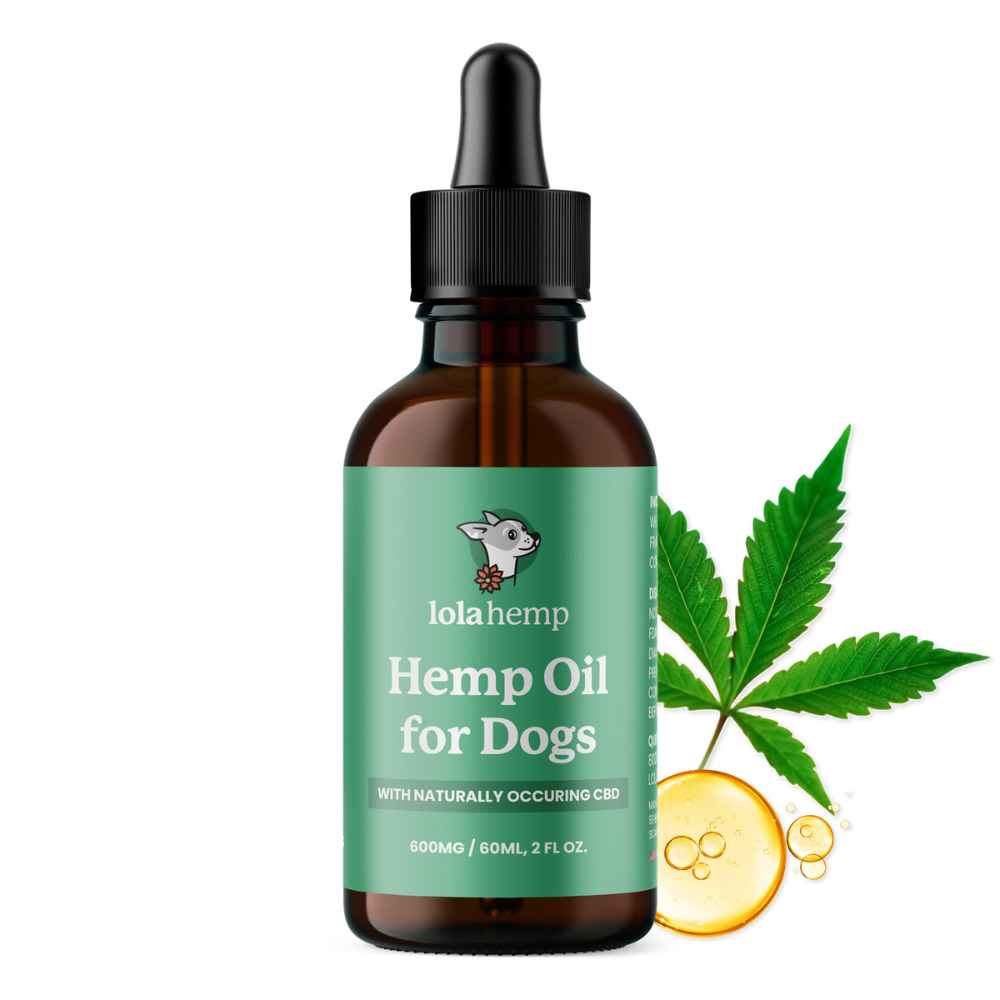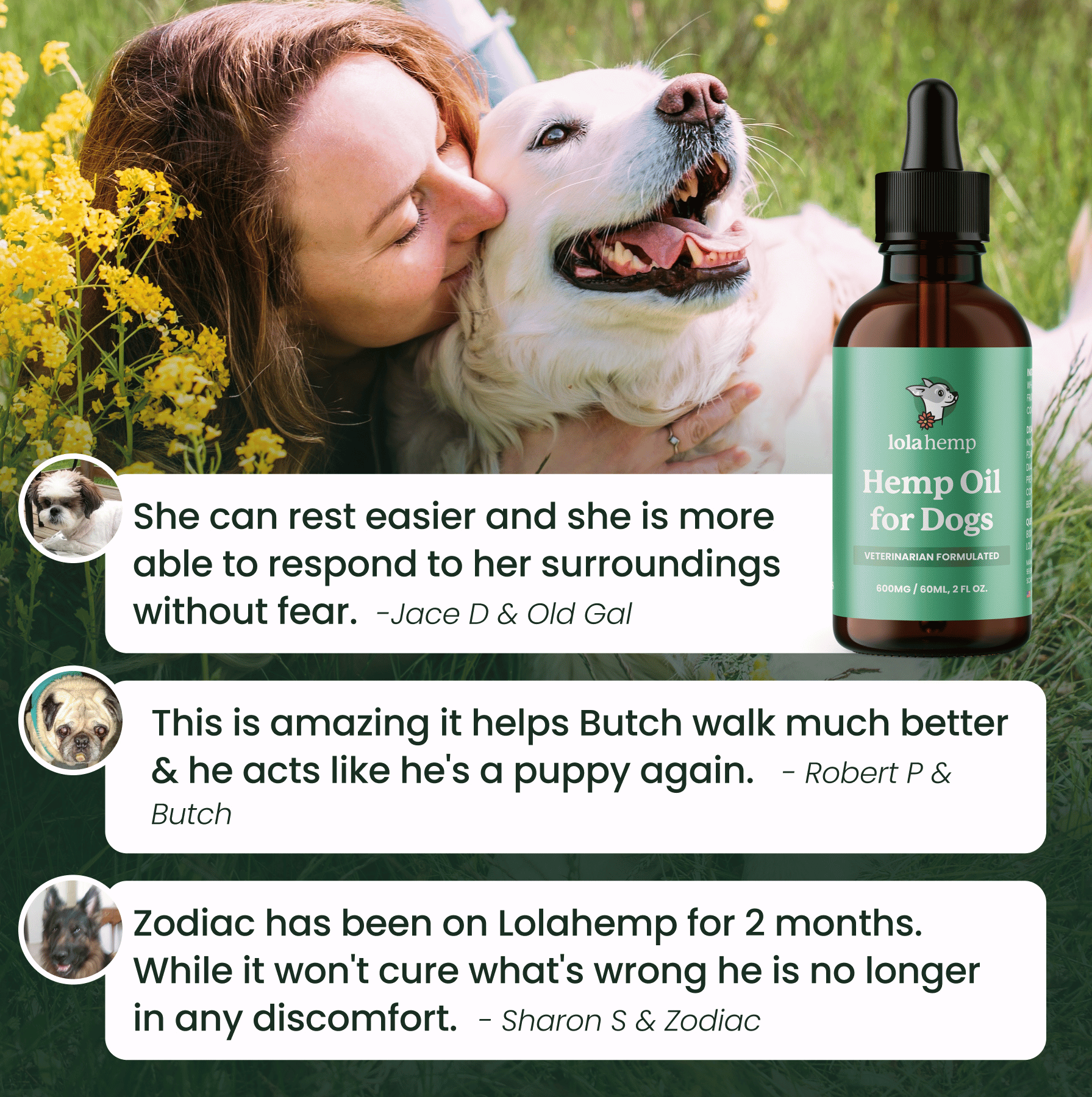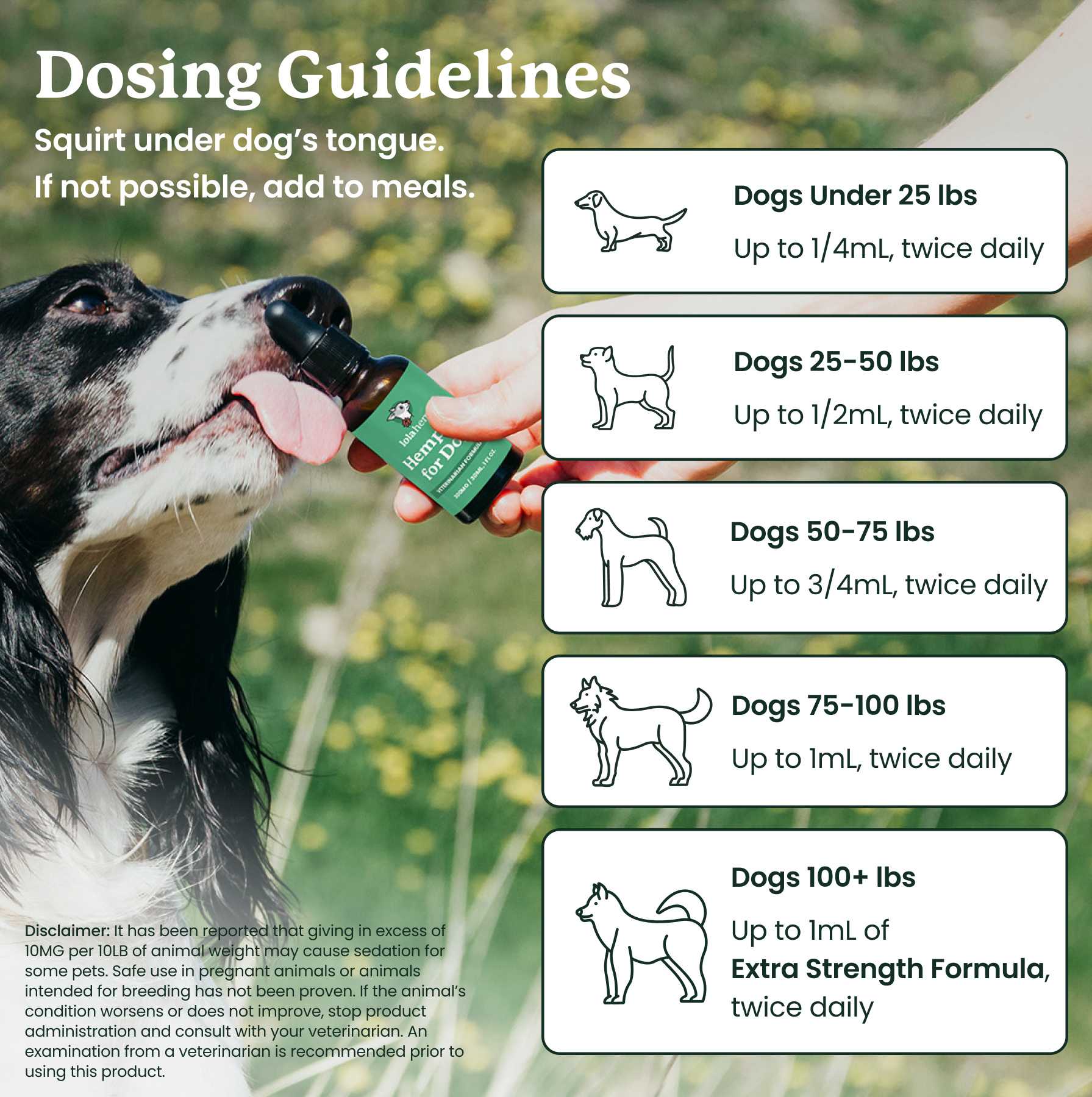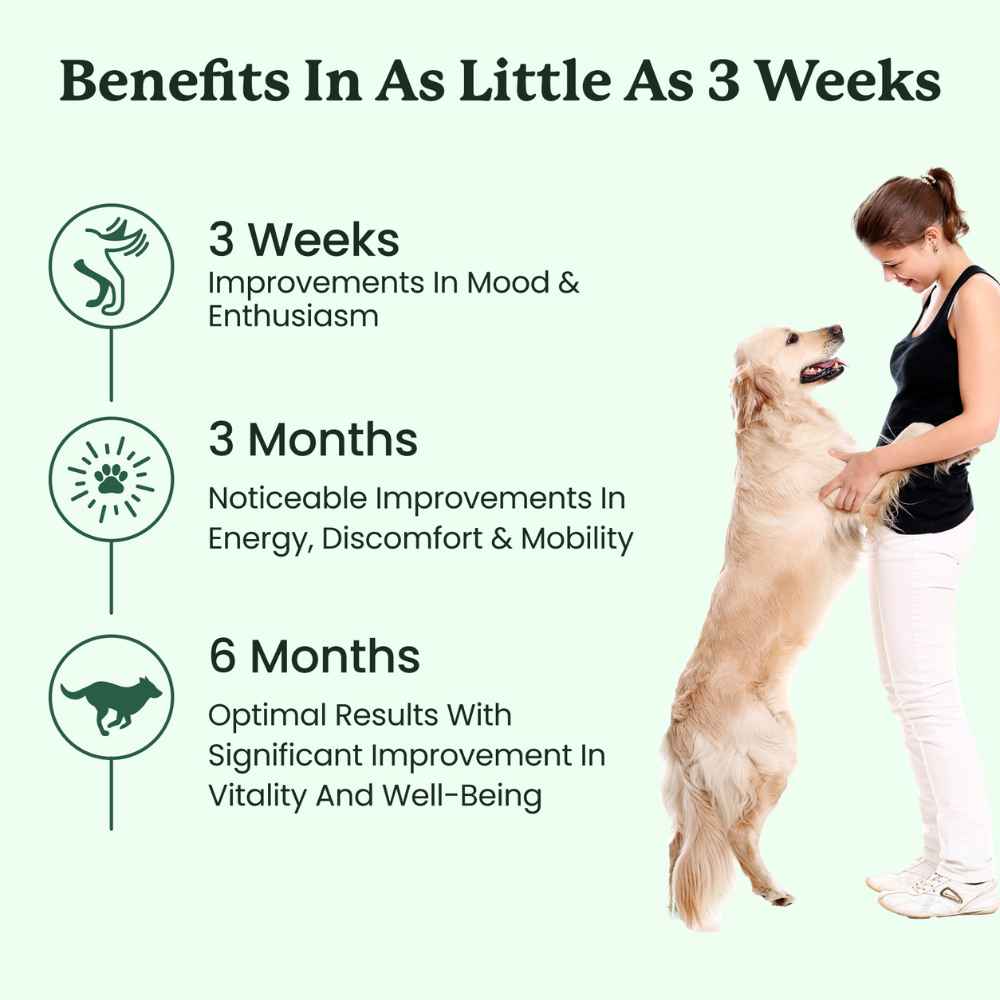Years ago, a New Zealand study conducted by Robert and Brenda Vale compared the carbon footprint of the average medium-sized dog against a Toyota Land Cruiser with shocking findings.
It turns out that your beloved four-legged companion leaves a carbon footprint that’s 50 percent larger than the popular SUV. As we all know, SUVs aren’t exactly known for being an eco-conscious investment, which makes these findings all the more surprising.
How can that be?
The study looked at resource consumption, comparing the resources required to feed the average dog over its lifespan. This included the land necessary for animals that go into a dog’s food and compared it to the resources required to build and fuel a Toyota Land Cruiser.
The study also examined the carbon footprint of the average cat, which they found to be comparable to that of a Volkswagen Golf. A hamster was found to be similar to that of a flat-screen TV, and goldfish were similar to the carbon footprint of a cell phone.
While skeptics expressed doubt over the accuracy of these findings, particularly in relation to the dogs vs. Toyota Land Cruisers comparison, the study does raise an important point: what can we do as pet owners to reduce the environmental impact of raising and caring for our pets?
Fortunately, there are many ways you can reduce your pet’s carbon footprint by making more eco-conscious choices about the products you purchase and use for your pet.
Let’s explore five of the simplest ways you can start making a difference.

1. Make Eco-Friendly Dog Treats
You can easily visit the nearest grocery store and find a variety of ready-made dog treats.
That said, it’s just as easy to make your own. Not only do you have complete control over the ingredients, but it can also be safer for your dog.
Why? Take a look at the number of dog foods and treats that have been recalled in the past few years. While most companies attempt to follow sound manufacturing practices, a single mishap can result in the contamination of mass quantities of products on retail shelves.
Sure, there are plenty of all-natural, organic dog treats online or in stores, but these products cost more than traditional dog treats. That means making your own treats can save money.
If your dog suffers from allergies or is on a special diet, having more control over the ingredients in your dog’s treats provides peace of mind. That said, you should do your research.
It’s not a bad idea to talk to your dog’s veterinarian, either. Be sure that you’re not using ordinary household ingredients that may seem harmless but are actually toxic to dogs. Nutmeg, for instance, is a no-no. The same goes for grapes, raisins, currants, xylitol, artificial sweeteners, fruit seeds, pits, and other ingredients.

2. Buy Organic Pet Foods
The FDA’s section on Animal and Veterinary products is a reliable and current source of information, but there are many other trustworthy resources that aim to keep pet owners informed as well.
The food you give your dog is one of the biggest contributors to your pup’s overall carbon footprint. Meat-based diets are the biggest culprit. Meat production contributes heavily to climate change.
Your canine, of course, requires protein, but you can get good nutritional value out of by-products that are perfectly suitable for your pet when sourced and prepared properly. Organ meats, for instance, are often good choices if you’re feeding your dog a raw diet.
Eggs and dairy products may be good options, too. If you purchase your dog’s food, choose natural and organic, plant-based products with the shortest ingredients list.
3. Upcycle Your Dog’s Bed
A lot of pet waste comes from the products we buy, only to throw away shortly after. Things like cat litter, poop bags, plastic bags, cat toys, and more.
You can spend several hundred dollars on a dog bed that promises to provide support for achy joints or hip dysplasia, only to discover that the bed is constructed of recycled fabrics and blankets. While it’s certainly worth investing in a good dog bed if your dog has specific medical needs, make sure you know what you’re purchasing.
If it’s something you can easily make yourself, do so. You can make a custom dog bed out of just about anything from old fleece blankets to suitcases. Utilize wooden shipping pallets and other materials you might find for free. Old sheets, pillows, and curtains make for excellent dog bed materials, too.
4. DIY Toys Are Just As Fun for Dogs
Buying dog toys can be frustrating if your dog is a chewer.
You know the type – the dogs that can manage to rip even the most robust, durable toys to shreds in minutes. Not only is it expensive to keep purchasing toys from a retailer, but you can get more use out of ordinary things lying around the house that you no longer use.
You probably have dozens of objects lying around that can be transformed into a fun and engaging toy for your pup. If you have old blue jeans lying around, for instance, cut them up into shorter pieces and tie each piece into a big, thick knot. The result looks uncannily like the tug toys you’d find at your local retailer.
Or, cut your old jeans into strips and tie several together with a knot in the middle or braid them. You can do the same thing with old shirts.
If your dog is the type that likes to snatch empty water bottles and gets hours of fun from listening to the crinkly sound it makes while she chews it, grab an old shirt, wrap it around the bottle, then cut and braid the remaining fabric at one end.
You can turn just about any kind of rope into an intriguing toy with braids or knots. If your dog is inquisitive, a discarded piece of PVC pipe can be easily transformed into a treat puzzle. The possibilities are endless. The key is knowing your dog, understanding her habits, and choosing safe materials that won’t pose a danger to her.

5. Find Eco-Conscious Soaps and Shampoos
Every dog needs a bath occasionally. Eco-conscious dog shampoos help you minimize your carbon footprint, and may be safer for your dog. Choose pet products made of natural, non-toxic, organic, and biodegradable ingredients whenever possible.
Dogs tend to lick their fur following a bath, so any remaining residue from shampoo products may be ingested by your dog. No matter how minuscule the amount, exposing your dog to toxic ingredients is dangerous.
As with all such products, you may pay more for all-natural and organic dog shampoo. If you want to save a few bucks while you’re saving the environment, you can make your own flea shampoo, dry shampoo, and even dog shampoo for dogs with dry skin using simple ingredients like baking soda, corn starch, vinegar, and ordinary dish soap.
Bonus Tip: Be Extra Careful When It Comes to Pests
Commercial flea and tick prevention and treatment products can be frightening for the eco-minded consumer. Many of these products are made with chemical pesticides that aren’t ideal for your dog’s health or the environment.
Prevention is the name of the game when it comes to pests, but there are natural and eco-friendly options that can help your pet remain pest-free by repelling fleas, ticks, and other annoying pests like mosquitoes using ingredients such as vinegar and essential oils.

Always thoroughly examine your dog for ticks after he spends time outdoors and promptly remove ticks using the proper tick removal method. The more promptly you find and remove ticks from your dog, the lower your dog’s risk of infection with Lyme and other tick-borne illnesses.
Checking your dog for ticks regularly is especially important if you live in a region with a large tick population.
Don’t feel guilty about your dog’s carbon footprint. Instead, make some simple changes and smart buying choices that are better for your dog’s health and also eco-conscious.
There are many ways you can reduce your dog’s environmental impact – and doing so will minimize your family’s overall impact on the environment, as well. You might even be inspired to start making more eco-conscious choices in other areas of your life, too.
Frequently Asked Questions about Eco-Friendly Dog Care
How can I reduce my dog’s carbon footprint?
You can reduce your dog’s carbon footprint by using organic foods, upcycling toys and beds, and choosing natural grooming products. Small lifestyle changes can make a significant environmental impact.
Are homemade dog treats better for the environment?
Yes. Homemade dog treats reduce packaging waste and allow you to use locally sourced or organic ingredients, lowering your household’s overall carbon footprint.
What eco-friendly products are safe for dogs?
Products made from natural, non-toxic, and biodegradable ingredients—such as organic shampoos, balms, and recycled pet beds—are generally safe and environmentally friendly.
Can natural flea and tick remedies work for dogs?
Natural remedies containing ingredients like vinegar and essential oils may help repel pests, but they should be used with caution and under veterinary guidance.
What are simple ways to make my dog’s care routine greener?
Try DIY toys, natural grooming products, eco-conscious pet foods, and reducing plastic waste. Choosing sustainable options wherever possible helps minimize environmental impact.










